Pancit Bihon and Canton
As an Amazon Associate and member of other affiliate programs, I earn from qualifying purchases.
To celebrate many milestones in our home, I cooked Pancit Bihon and Canton noodles which symbolize long life and prosperity.
According to Doreen Gamboa Fernandez, culinary icon of the Philippines: “The word ‘pancit’ (or ‘pansit’ in some cookbooks) comes from the Hokkien words ‘pian-e-sit’, which means something that is conveniently cooked, and originally did not mean noodles. The noodle dish eventually was adapted to local ingredients, tastes and occasions.” [Doreen G. Fernandez, “The Noodles of Our Lives” from the book ‘Tikim’].
This Pancit Bihon and Canton I cooked was an easy stir fry dish that combined two kinds of dry noodles: Bihon and canton. Bihon are thin, white vermicelli rice noodles that become soft and translucent, when it is cooked. Bihon noodles are made with rice flour combined with corn. Canton noodles are heavier. They are thick, round, and made of wheat. These also soften when cooked, but stay opaque.
The combined aromas of lemon juice, fish sauce and soy sauce in the noodles was inviting. The beauty of a noodle dish is that you can cook it even if you only have a few ingredients of meat and vegetables. You can extend the dish by adding more noodles. Despite its simplicity, almost every Filipino party or big event has pancit as a main course.
We have much to celebrate. Today, June 12th is the 123rd celebration of Philippine Independence Day, when the Philippines gained independence in 1898 from Spanish colonial rule, which had lasted over 300 years. And this coming week is my birthday. It is also the 11th birthday of this blog Asian in America. It is my oldest son’s birthday week, and Father’s Day next Sunday. In spite of the dreaded pandemic the past year, we have emerged healthy and strong, and America is slowly reopening. It’s been a wonderful life. I wouldn’t have it any other way. With strength, renewed hope, and faith, our family is grateful for what we’ve been blessed with.
And to celebrate, let’s all have some Pancit!
Pancit Bihon and Canton
Equipment
- Large skillet or wok : 12 to 14 inches in diameter
Ingredients
- 2 Tablespoons vegetable oil
- 4 cloves garlic, peeled, minced
- 1 whole white or yellow onion, chopped
- 2 stalks celery, sliced
- ½ pound pork shoulder, sliced into 2-inch strips
- 500 grams fresh medium-sized shrimps; shells, head, tails removed
- 1 ½ cups chicken broth
- 1 Tablespoon patis (fish sauce)
- 2 Tablespoons soy sauce
- 1 cup peeled and sliced carrots
- 2 cups snow peas, edges trimmed
- 225 gm Pancit Bihon dry noodles
- 225 gm. Pancit Canton dry noodles
- ½ teaspoon salt
- 1 teaspoon ground black pepper
- 2 whole fresh lemons, sliced for garnishing,
Instructions
- In a large skillet, or wok, over medium-high heat, pour the cooking oil. When oil is hot enough in about 2 minutes, saute the garlic, onions, and celery. Stir this around till onions become soft in about 2 minutes.Add the pork slices and fresh shrimps. Continue cooking till the meat turns brown, and the shrimps become pink. This should take around 8 minutes.
- Pour the patis, soy sauce and broth into the skillet. Cover and let the liquid simmer, in about 4 minutes.Add the carrots, and snow peas. Combine well.
- By this time, the broth should be bubbling over medium heat.Gradually add the noodles, starting with the Bihon, followed by the Canton. Try to add the noodles in 2 to 3 batches, so that the skillet doesn't get overcrowded.The noodles start to soften as they absorb the liquid. The Bihon noodles become translucent and transform to a light brown color.Season with salt and ground pepper.Mix all the meats, shrimps, vegetables and noodles together.
- Season with a teaspoon of lemon juice all over, and serve additional lemon slices on the side.Serve warm.
Copyright Notice:
- Copyright Notice: Hello, Friends! Please DO NOT LIFT OR PLAGIARIZE Asian in America recipes on this blog, my original recipes, stories, photos or videos. All the images and content on this blog are COPYRIGHT PROTECTED and owned by my media company Besa-Quirino LLC by Elizabeth Ann Quirino. This means BY LAW you are NOT allowed to copy, scrape, lift, frame, plagiarize or use my photos, essays, stories and recipe content on your websites, books, films, television shows, videos, without my permission. If you wish to republish this recipe or content on media outlets mentioned above, please ASK MY PERMISSION, or re-write it in your own words and link back to my blog AsianInAmericaMag.com to give proper attribution. It is the legal thing to do. Thank you. Email me at [email protected]
Nutrition
Notes on Nutrition: The nutrition information provided in the recipe links is an estimate and will vary based on cooking methods and specific brands of ingredients used.
Copyright Notice: Hello, Friends! Please DO NOT LIFT OR PLAGIARIZE Asian in America recipes on this blog, my original recipes, stories, photos or videos. All the images and content on this blog are COPYRIGHT PROTECTED and owned by my media company Besa-Quirino LLC by Elizabeth Ann Quirino. This means BY LAW you are NOT allowed to copy, scrape, lift, frame, plagiarize or use my photos, essays, stories and recipe content on your websites, books, films, television shows, videos, without my permission. If you wish to republish this recipe or content on media outlets mentioned above, please ASK MY PERMISSION, or re-write it in your own words and link back to my blog AsianInAmericaMag.com to give proper attribution. It is the legal thing to do. Thank you. Email me at [email protected]


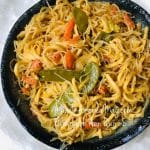
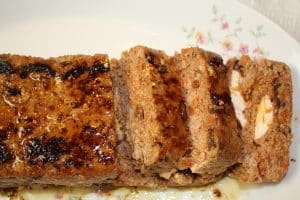
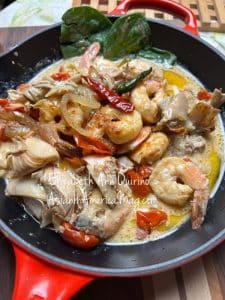
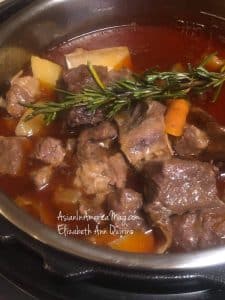
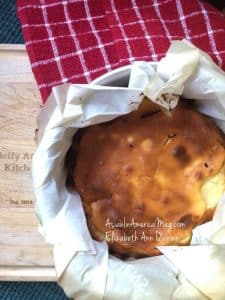
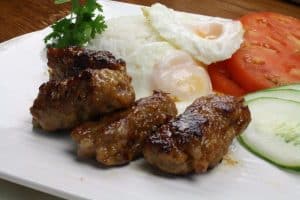
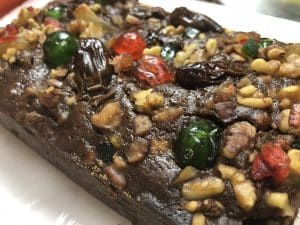
One Comment